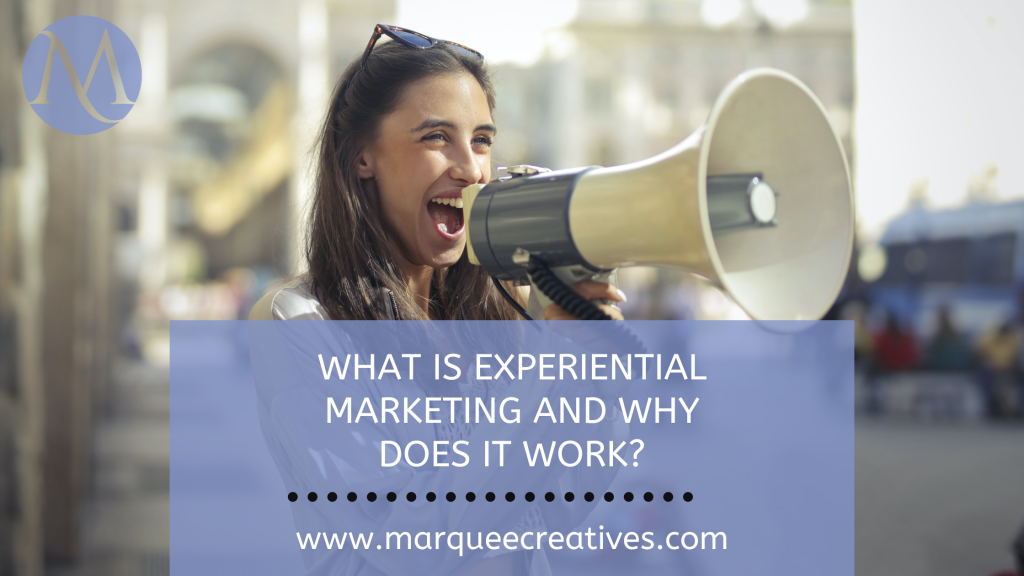
Using the same old approaches in your marketing toolbox gets old after a while– and your customers notice. The kitschy and ingenuine tactics that we often see in modern marketing strategies are growing old. That is where experiential marketing comes into play. From providing customers with unique brand interactions to creating opportunities to grow your organization, experiential marketing works to do exactly what it sounds like: create an experience for your target audience to take part in alongside your brand.
Creating a genuine link between your brand and your target audience not only increases brand loyalty for existing customers, but experiential marketing campaigns can increase brand awareness and those new to your brand more likely to become customers. This approach allows your organization to do more than a typical marketing campaign.
Throughout this post, we will dive into what experiential marketing is, how it can be useful to your brand, and what considerations to take into account before planning an experiential marketing campaign.
What is experiential marketing?
You have likely heard the term thrown around along with engagement marketing or live marketing. All of these terms are relatively the same and refer to the idea of experiential marketing. This marketing approach involves creating an interaction between your audience and your brand in a way that typically would not occur with just your service or product. Typically, experiential marketing is focused on a specific event, but it does not always have to be.
For example, as a way to promote Barbie, Warner Bros. Pictures created a generative artificial intelligence that would incorporate users’ faces into the iconic Barbie cover. Upon entering the site, users were greeted with a branded hashtag and messaging that encouraged them to become an “instant icon”. Even though users were not attending a specific event, they were still able to interact with the brand in a meaningful way. By incorporating the audience into the movie poster imagery, users could see themselves as Barbie or Ken– getting right to the point of Greta Gerwig’s film. The selfies were able to be shared across social media or with users’ family and friends. Each of the photos had the movie’s premiere date as well as the movie poster branding that was seen across theaters all summer long.
The marketing for Barbie was a stellar success aside from the movie poster generator. However, it is the thought process behind the actual users’ interactions that makes this marketing technique so powerful. Including important details for the brand (like the movie’s release date) while still making the experience fun and exciting for the users is exactly what experiential marketing is all about. Hard sells are almost never what customers are looking for. Instead, make providing value for your audience a core value of your brand’s identity.
How can experiential marketing be useful for my brand?
Most organizations do not have the time and resources needed to create an artificial intelligence feature to coincide with their current advertising strategy. That does not mean that experiential marketing is out of the question!
Regardless of the size of your organization or the resources you have, experiential marketing is really about creating a relationship with your target audience. Engaging with your customers in this way allows them to form an emotional connection to your brand. This can lead to higher brand loyalty and even make your job easier. Customers who form an emotional bond with a brand are more likely to share information about it. The best form of marketing is word of mouth, so by creating these relationships, you may find that your ad spend can decrease.
Experiential marketing also provides an opportunity to spread awareness of your brand. In terms of more traditional experiential marketing that focuses on events (think trade shows or conventions), your brand has an opportunity to put its logo in front of new faces. But it does not end there. Once a connection is established, it is up to you to make sure that the interaction between a new face and your organization is one that reflects the values of your brand. If the individual is within your target audience, you will likely find a new first-time customer.
How do you plan an experiential marketing campaign?
Now that you have an understanding of experiential marketing and the opportunities that come with it, it is time to start thinking about how to make it work for your organization.
- Start by understanding your audience and ideal customers. This may take some time and require you to get more personal with the people your organization serves. Working with your target audience to see what pain points they have and how they can be addressed is a great place to start. By asking customers to fill out surveys or even just take time to chat, you can learn a lot about what your audience is looking for.
- Once you have a good idea of your target audience, it’s time to make sure you really understand your own brand. Does it align with the values of your customers? Is it consistent across everything you do? Is your brand story used in all of your campaigns? Defining the answers to all of these questions and more can help ensure that your campaign truly gives your audience a transparent glimpse into your organization. (Still need help here? Here are some of our tips for developing your brand story)
- Next, define what goals you would like to achieve through your campaign. Make sure that each goal is measurable and relevant to your brand. Identify what measurements you want to look at and be sure that you have a way to monitor them throughout the campaign. Gathering this information can help drive future campaigns in the right direction.
- Make sure you have a budget! This includes more than just money. Take into consideration all of the resources needed to create the campaign: time, energy, and money. Be realistic about what your organization can achieve, and if necessary, go back to the basics and redefine your goals so that they are achievable.
- Lastly, make sure that your campaign is being marketed. While the experience alone is a marketing tool, you still need to make sure that people are showing up. Whether you use an email newsletter or you have more success with your social media platforms, utilize multiple channels to reach and engage your audience.
Creating the right connections
At the end of the day, experiential marketing campaigns are about relationship building. Your audience should feel like they have a solid understanding of your brand without feeling like it was shoved down their throats. Staying away from the “hard sell” mentality will allow for connections to form between your customers and your organization, boosting brand awareness and loyalty across the board.
Any business can create impactful experiences with their customers. It just takes a little bit of time and knowledge to do it right. As an experiential marketing firm, MARQUEE is familiar with how to make unique and impressionable brand experiences happen. If you are working on an experiential marketing campaign or are looking for ways to amplify your customers’ experiences, we can help you succeed. Contact MARQUEE by emailing info@marqueecreatives.com or calling us at 330.234.9396!





